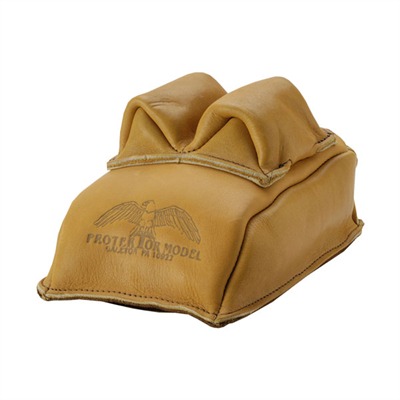My grandpa was a very big gun enthusiast. He had several rifles, shotguns, and pistols. When he died, a lot of those guns were left to collect dust. One of his favorites was his Colt 1911 .45 '70 Series. When he died, a lot of his guns started collecting dust. Some of them hadn't been fired in over 20 years. But a couple years ago, my grandma "sold" me his .45. I've loved the 1911 ever since I was a kid. I have shot it several times and had a lot of fun doing it. But I have a few things to address.
My 1911 doesn't shoot straight. It shoots low and to the right. So I have to aim high and to the left to hit center mass. This kind of concerns me because I have read that 1911's are some of the most accurate pistols out there... except mine. Any ideas why this is?
Second, who here owns a 1911?
I'll post pictures in a bit.
My 1911 doesn't shoot straight. It shoots low and to the right. So I have to aim high and to the left to hit center mass. This kind of concerns me because I have read that 1911's are some of the most accurate pistols out there... except mine. Any ideas why this is?
Second, who here owns a 1911?
I'll post pictures in a bit.





